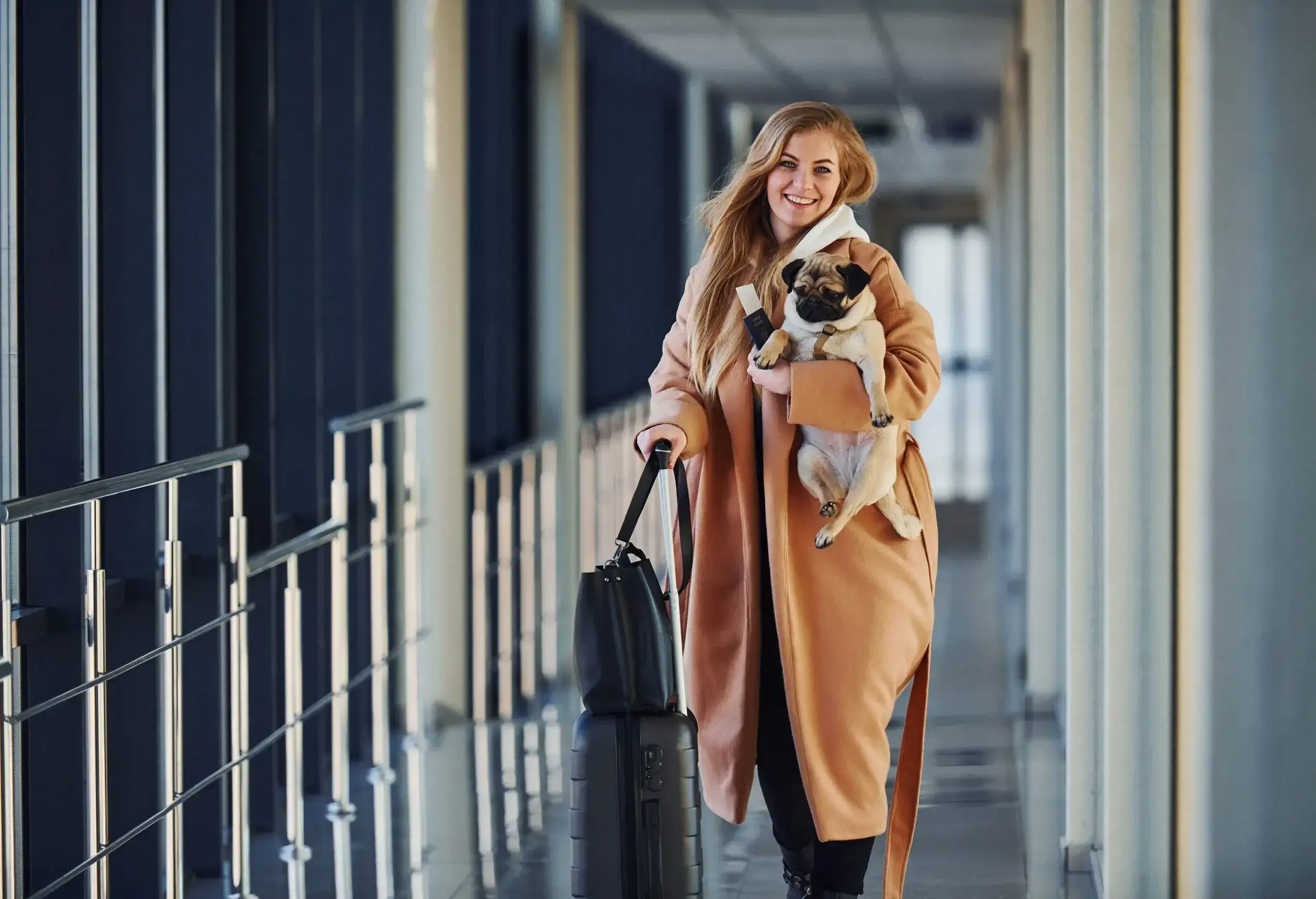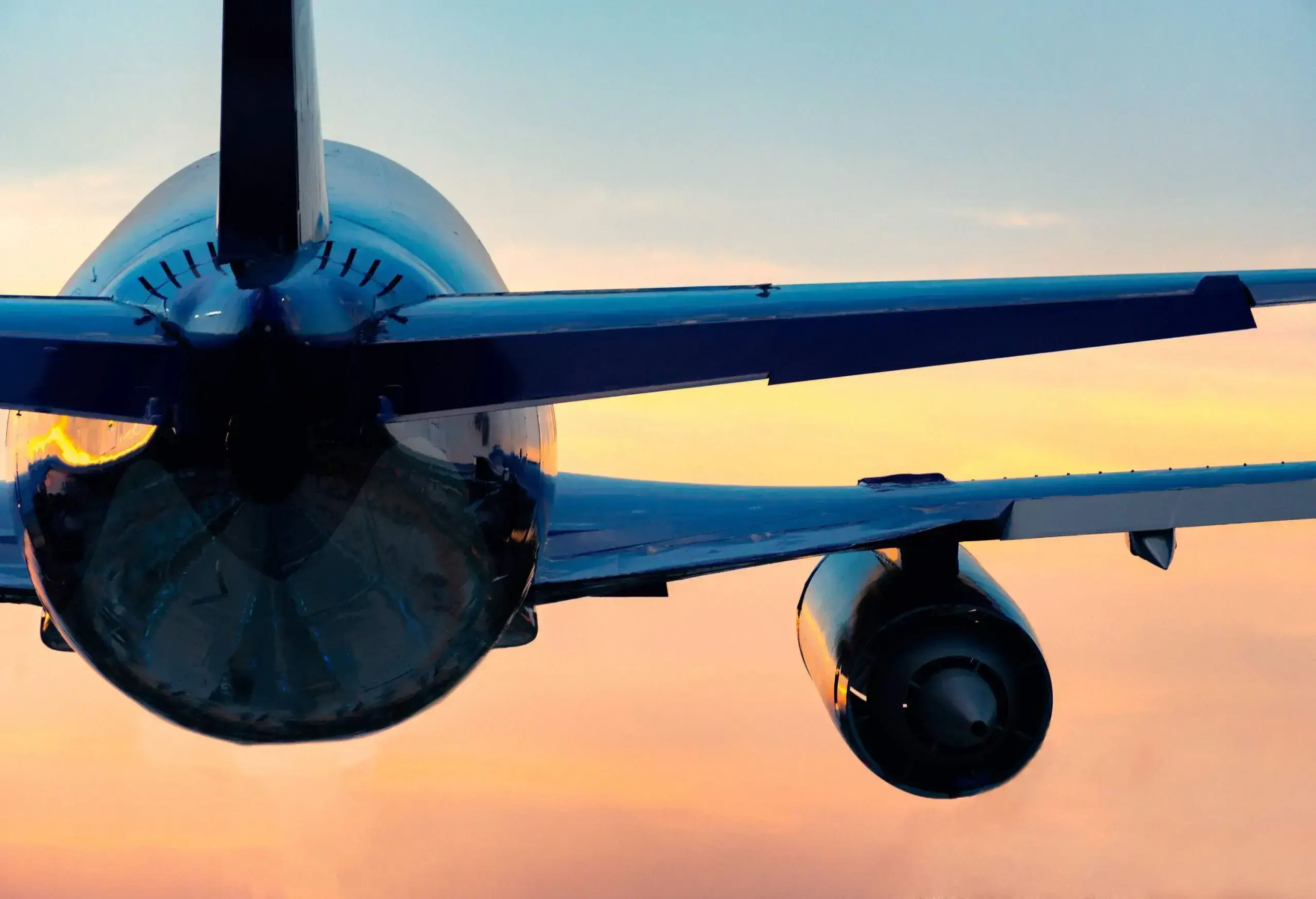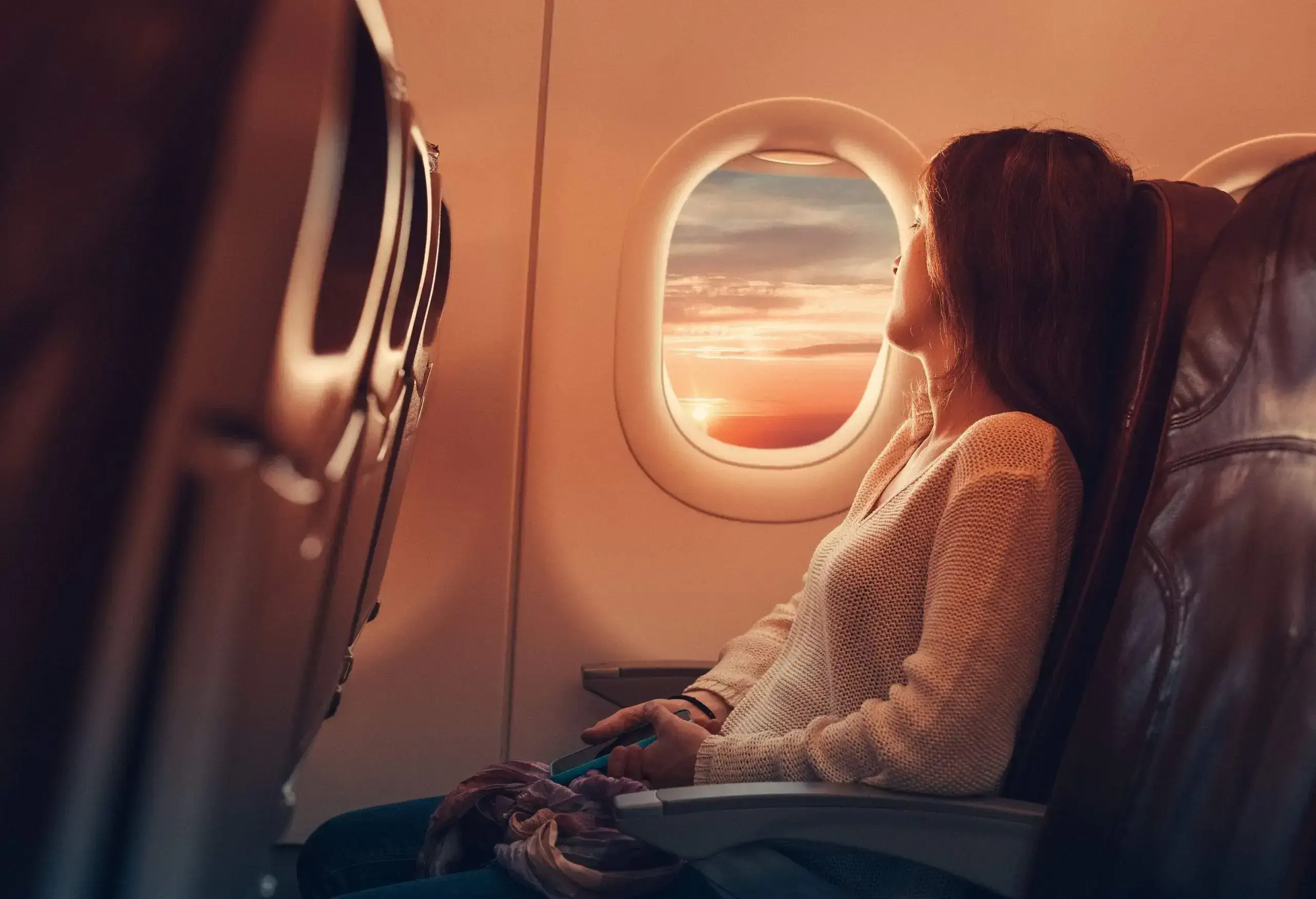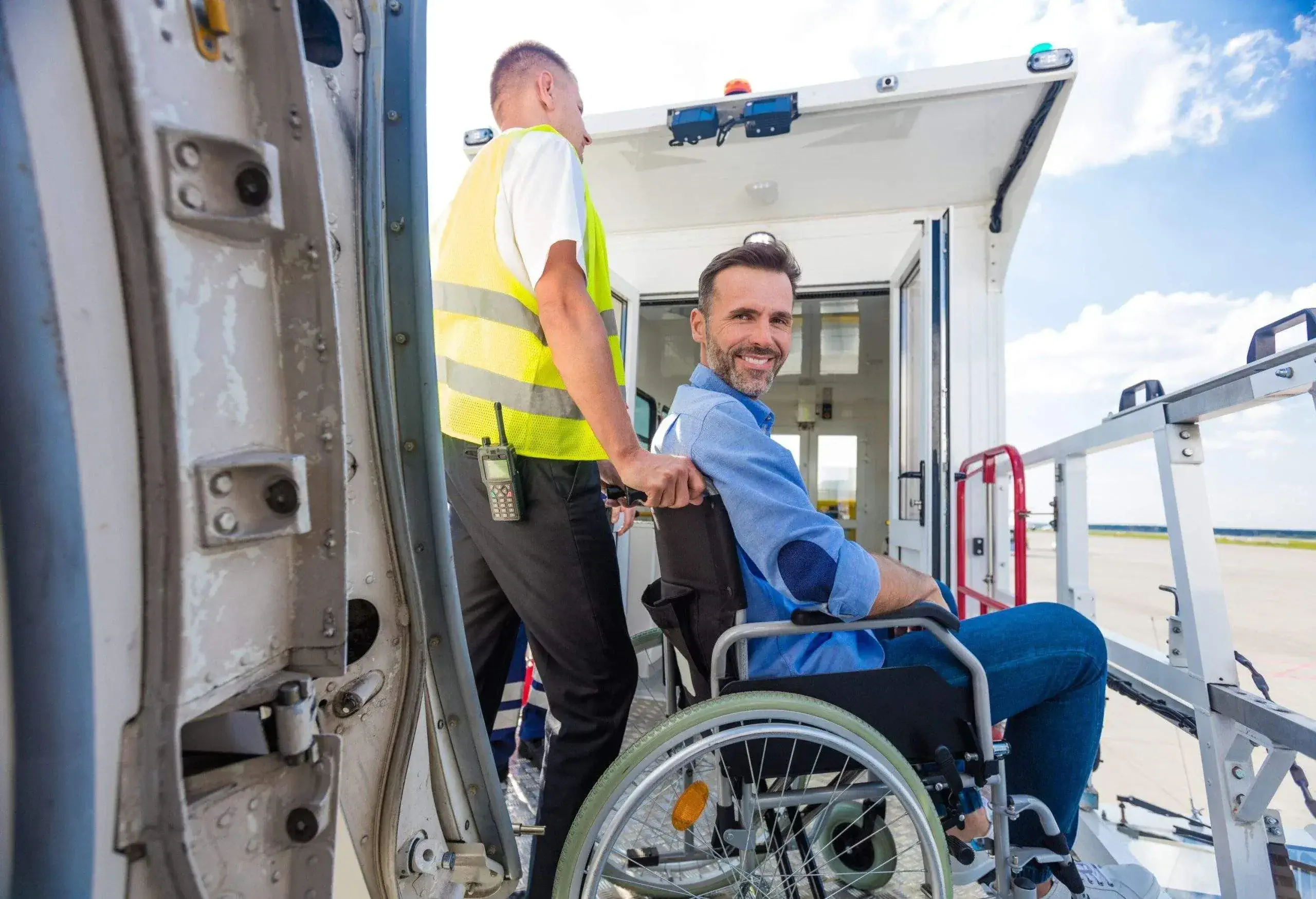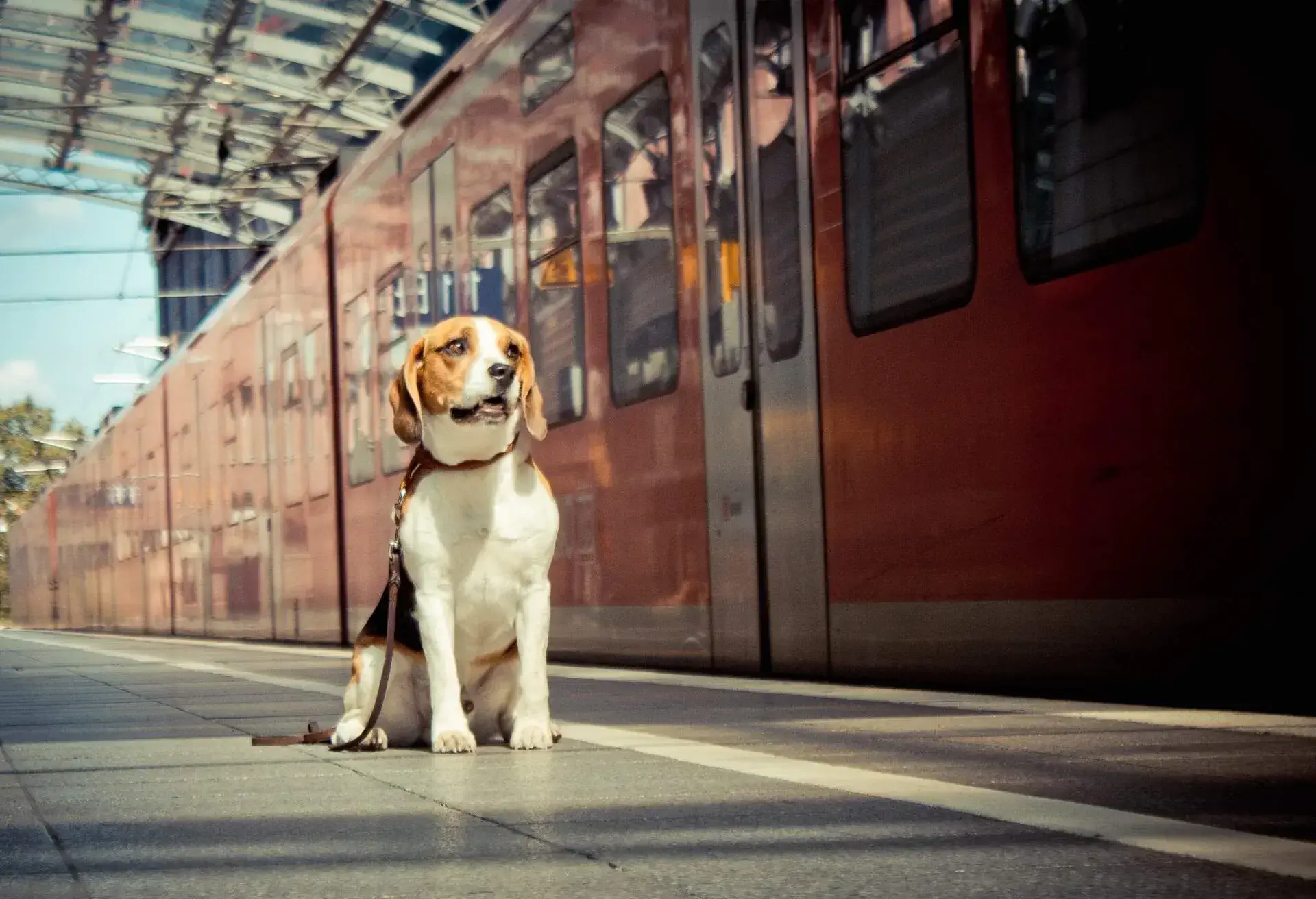From holidays to relocation, there are many reasons you may need to take your dog on an airplane, but you’ll need to follow the rules. Rest assured, flying with your dog doesn’t have to be difficult. I’ve flown around the world with my own dogs multiple times, and here’s what works.
Preparing to fly with your dog
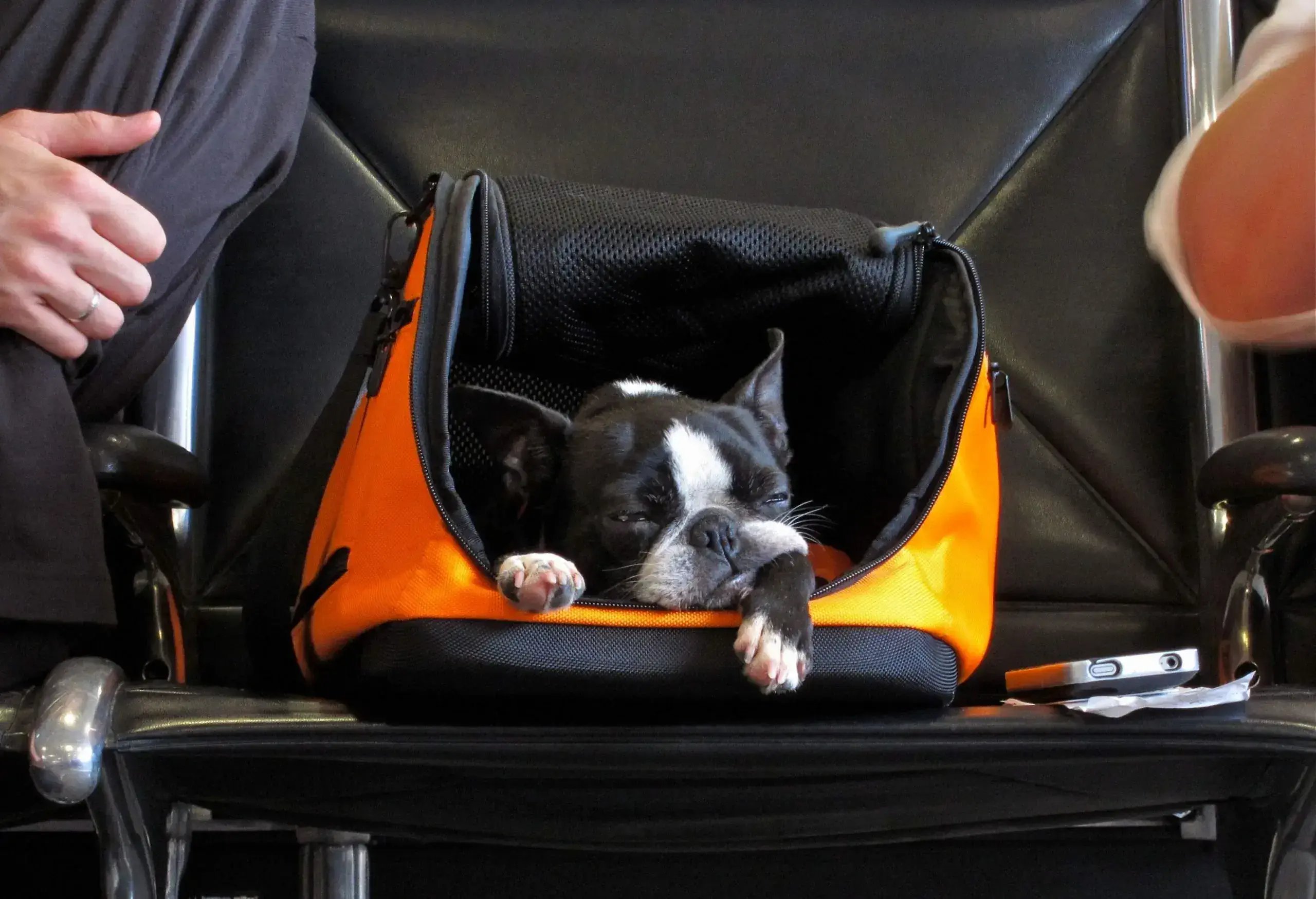
Dogs can fly in-cabin, as excess baggage, or in the cargo hold. Typically, only the smallest pets are allowed in-cabin, and most airlines and destinations have additional regulations that determine where your dog can fly.
It’s best to check with potential airlines directly by phone, before booking tickets, to ensure your dog can come with you. I only buy soft-sided dog carriers that fly in-cabin, because they’re more universally accepted than hard, and because they conform better to more under-seat spaces onboard. Always check your airline’s carrier requirements before flying too.
Airlines that allow dogs in the cabin
For flights arriving into the UK, travelling with dogs in the plane cabin isn’t allowed. As an alternative, consider flying into a neighbouring EU country such as France and taking the train with your dog to enter the UK.
Several airlines allow some dogs to fly in-cabin when departing the UK, though. Let’s take a look. Note if you are viewing on mobile scroll across to see the full table.
| Airline | Cost per pet | Guidelines | Carrier size | How to book | Exclusions |
|---|---|---|---|---|---|
| Air France | €70–200 (£60–171) | Travelling with pets on Air France | Maximum 46 x 28 x 2442cm for dogs up to 8kg | Complete a form online or call the airline. | Dogs over 8kg and some breeds |
| Lufthansa | €50–110 (£42–94) | Travelling with pets on Lufthansa | Maximum 55 x 40 x 23cm for dog-and-carrier combined weight up to 8kg | Register online up to 72 hours before the flight or call in advance. | Dogs and carriers over 8kg and some breeds |
| TAP Air Portugal | €40–160 (£34–137) | Travelling with pets on TAP | Maximum 45 x 30 x 23cm for dog-and-soft carrier combined weight up to 8kg | Call to book. | Dogs and carriers over 8kg and some breeds; no in-cabin dogs departing London Gatwick Airport |
| Air Canada | C$50–100 (£29–58) | Travelling with pets on Air Canada | Maximum 55 x 40 x 27cm for soft-sided carriers, 55 x 40 x 23cm for hard; no weight restriction | Call to book. | None, but you must arrive an additional 30 minutes before the recommended check-in time |
| Air Malta | $70 (£55) | Travelling with pets on Air Malta | Maximum 40 x 38 x 18cm for dog-and-soft carrier combined weight up to 10kg | Add your dog when booking via the airline, or call after booking. | Dogs and carriers over 10kg |
Using a dog carrier to prepare for a flight
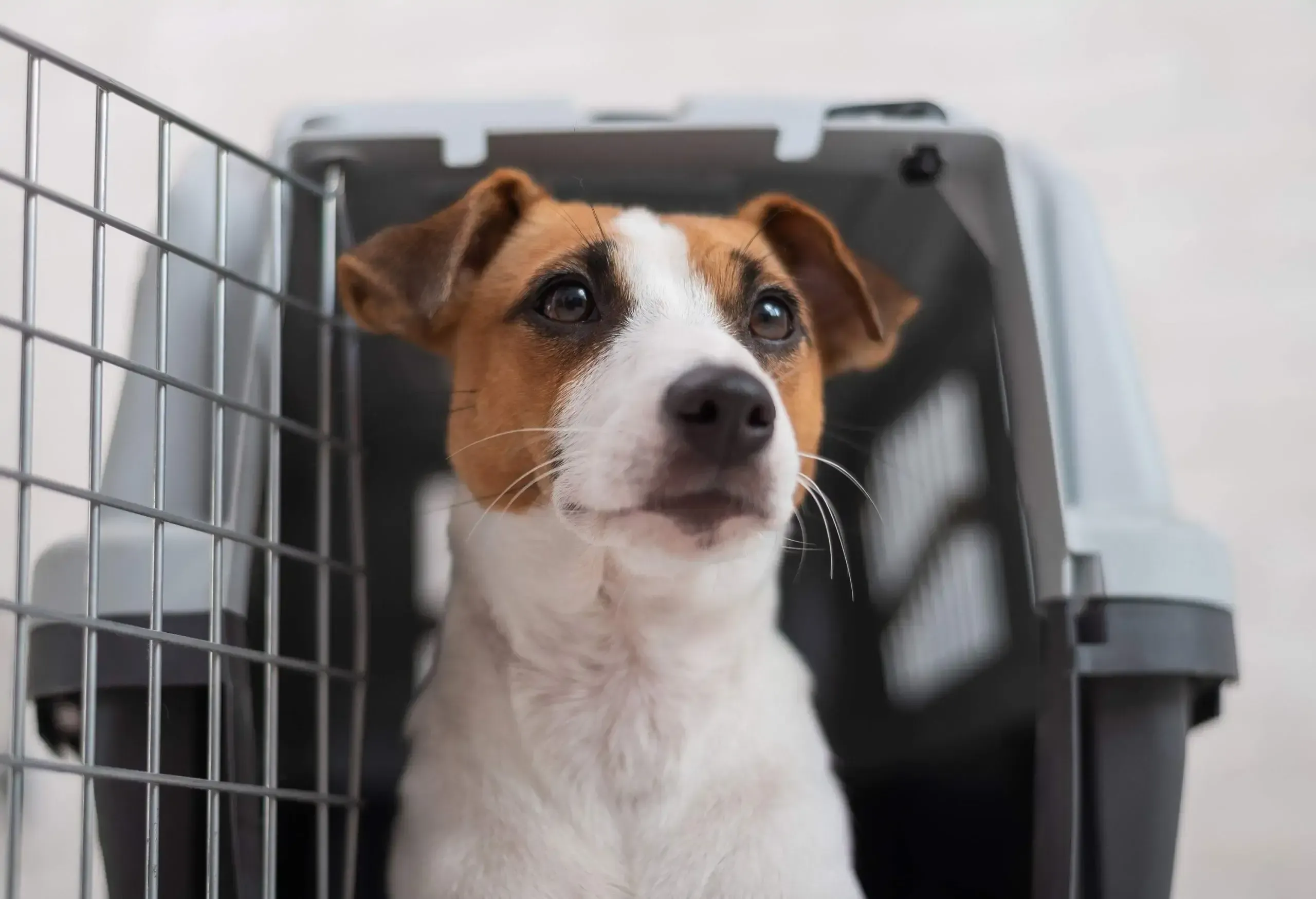
Your airline must know in advance of any pet flying, so always be sure you’ve registered the pet ahead of time. If your dog has not flown before, get them used to the carrier several days (or weeks) before flying by leaving it out and open, near comforting objects like a dog bed or toys.
Put familiar comfort items inside the dog carrier, especially those that carry your scent, like an unwashed garment, to encourage your dog to become familiar with it. While the UK no longer issues dog passports, most destinations and airlines still require varying forms of health documentation, so always check both for your trip’s specific requirements.
Navigating the airport and boarding the plane
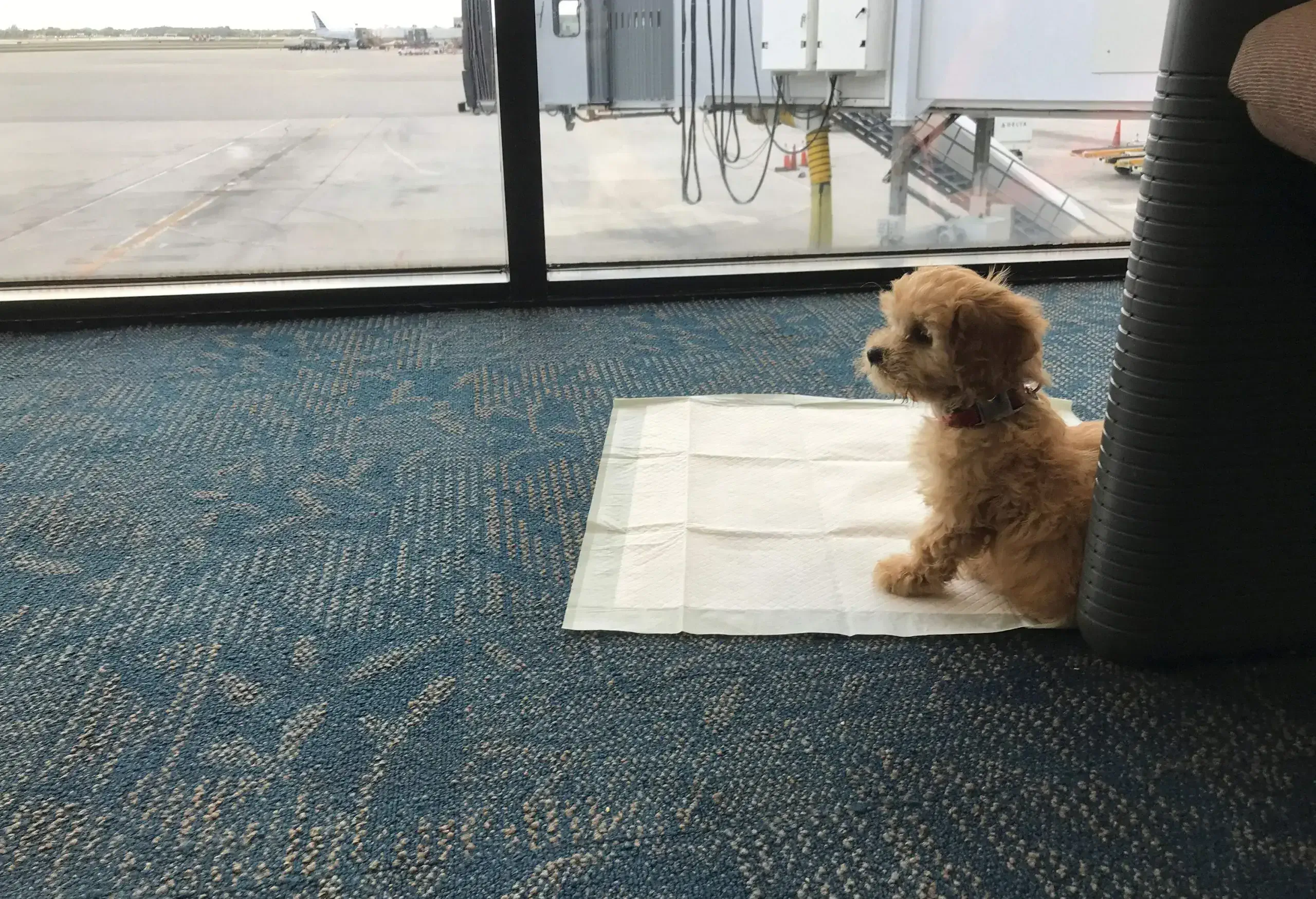
When flying with a dog, always check in at the counter, even if you already have a digital boarding pass. I aim to arrive at least 30 minutes earlier than usual to allow for the additional dog check-in process.
In-cabin dogs will need to pass security in your arms while the carrier is screened with luggage. Many airports have dog relief areas for a last-minute potty break before boarding, but it’s best (and often required) to have an absorbent pad in the carrier for additional bladder relief.
When boarding, feel free to request pre-boarding at the gate for extra time to get settled.
During the flight
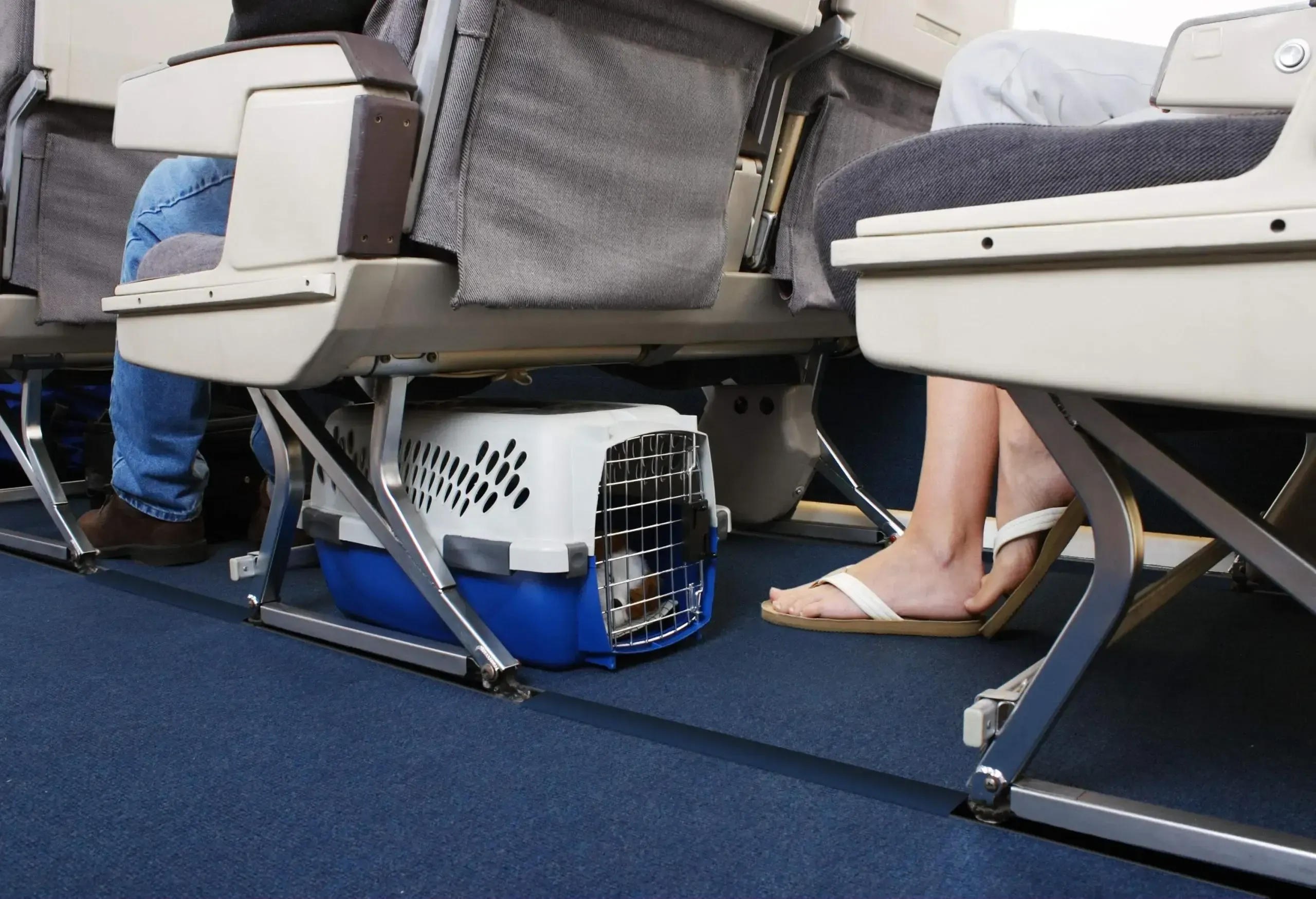
Wherever your pet flies, one or two comforting objects like an unwashed garment or favourite toy (as long as it’s a silent toy) should remain in the carrier. In-cabin dogs may benefit from occasional treats and quiet attention, but remember that your dog must remain in the carrier throughout the flight.
The greatest stressor to a flying dog is an anxious human, so try to avoid worrying about your pup, and interact as you usually would rather than doting excessively. Only a vet should decide on potential sedatives or tranquillisers for your dog, no matter how anxious, and some airlines forbid it.
Arriving at your destination
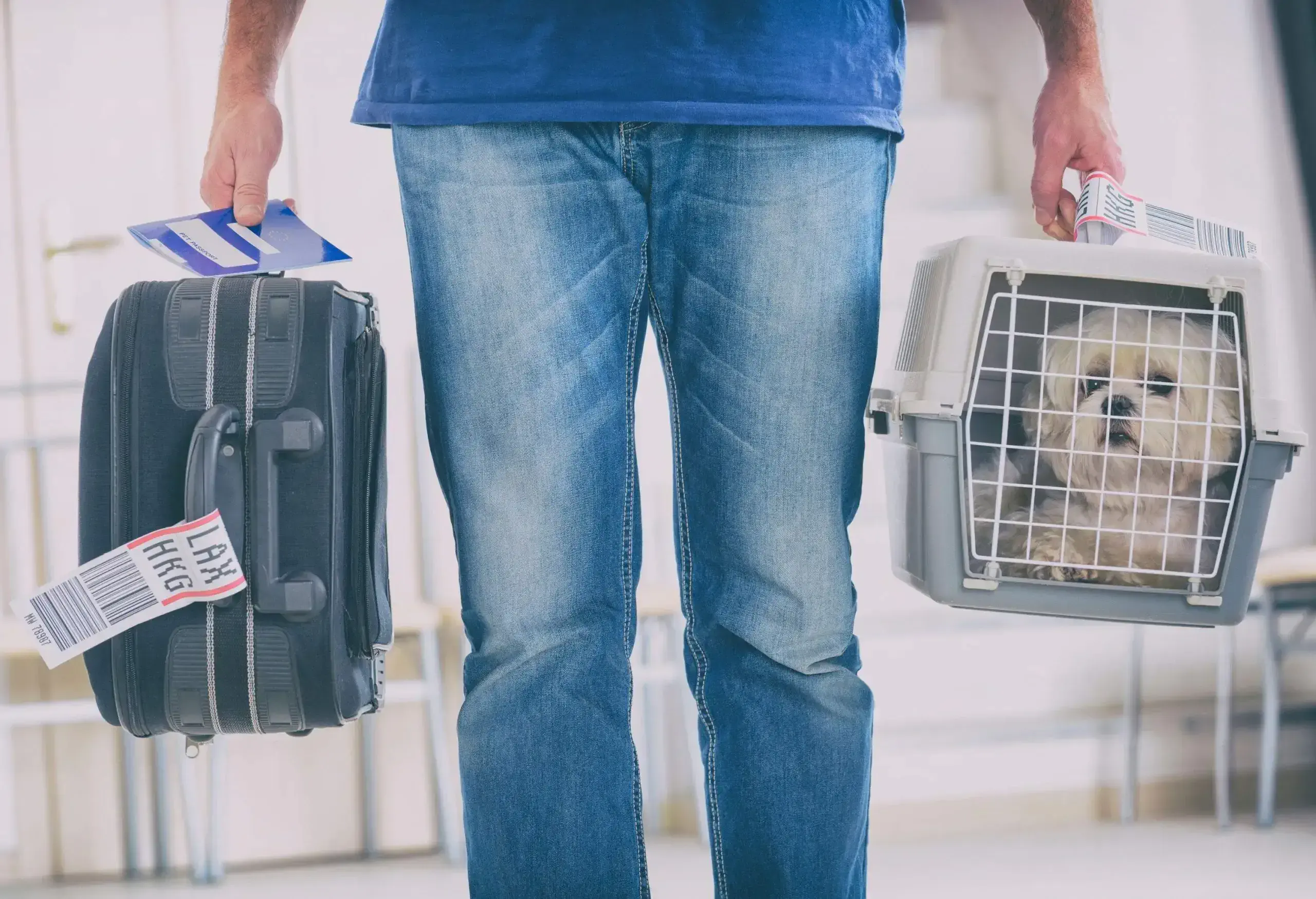
Keep all necessary dog documentation in your carry-on luggage to ensure easy access to these when you arrive. They may get wet or crumpled in carrier pockets, so keep them in your own bag. On arrival for international flights, proceed to immigration as usual for in-cabin dogs or those flying as excess baggage, then present your dog for inspection at customs.
Dogs flying as cargo require special check-in and pick-up requirements, often at separate locations, and only your airline can advise on this process. I pre-book transfers from the airport to be sure a pet-friendly ride is available, and it’s essential to make sure you’ve chosen a pet-friendly hotel if you’re not staying with friends or family.
Trial runs
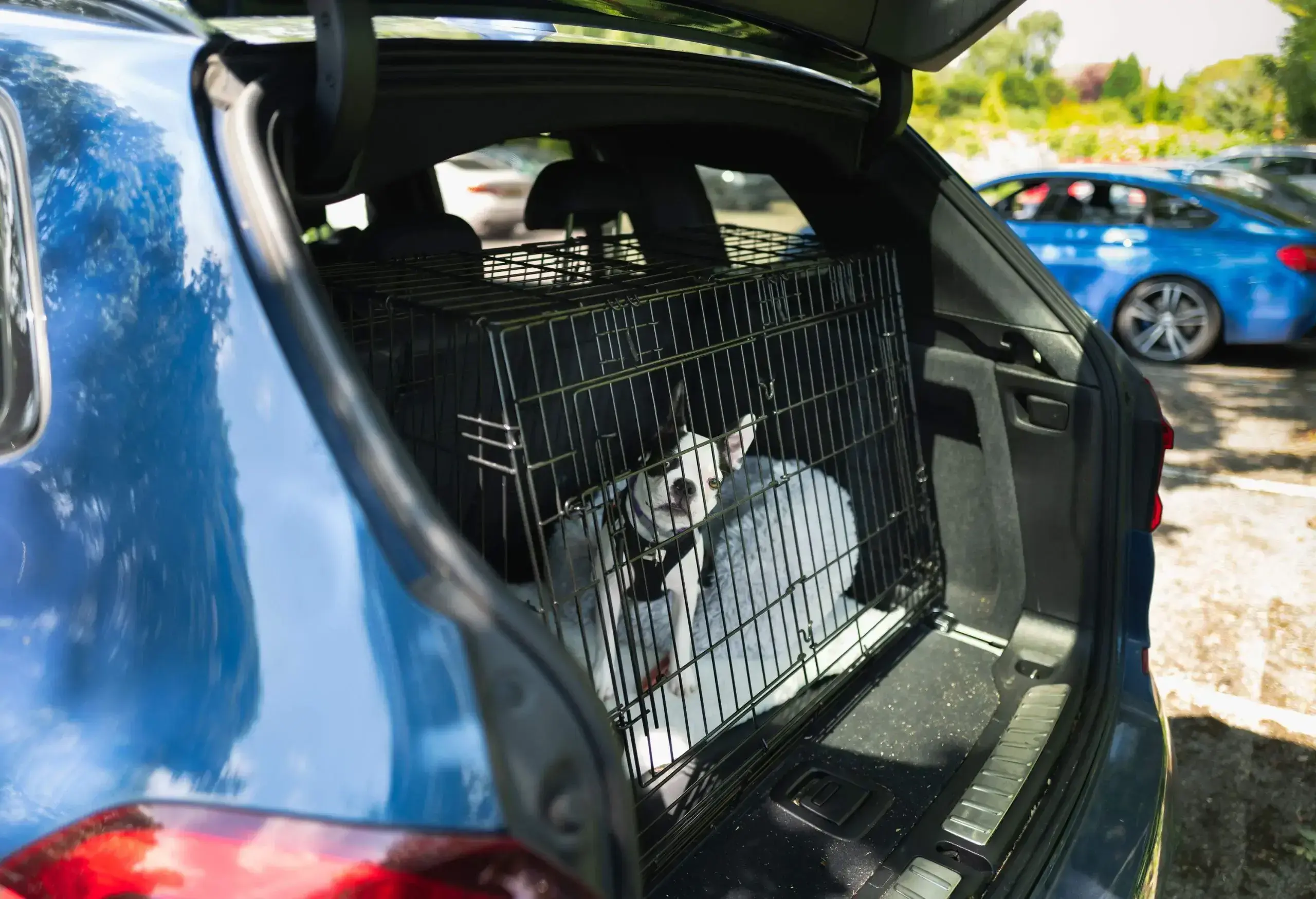
Carefully following your airline’s policies is the only way to ensure a successful flight with your dog. The more you prepare, the less you or your pet will stress on flight day, so thoroughly read and meticulously follow guidelines to help guarantee success.
If this is your first time, consider taking a shorter, practice trip to one of these dog-friendly destinations in the UK first. To see how your pup will react to travel in general, you can also plan a road trip with your dog before flying anywhere. Adding in dog-focused activities like taking your dog to the beach should help make the experience more enjoyable, and can build confidence toward future travel (for both of you). Good luck!

